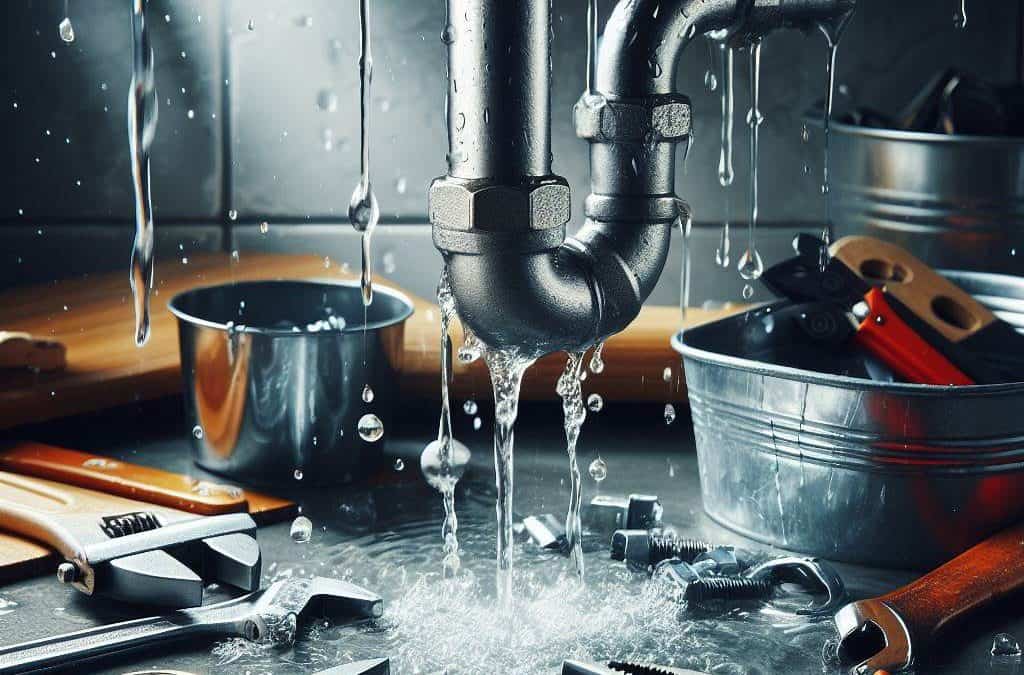Introduction
Dealing with burst pipe repair is a scenario many homeowners dread. However, understanding how to manage this crisis effectively can save you from extensive damage and costly repairs. In this comprehensive guide, we’ll walk you through the steps of burst pipe repair and discuss the importance of being prepared, including the role of insurance in protecting your home.
Recognizing the Signs of a Burst Pipe
1. Water Pressure Changes
One of the first indicators of a potential issue is a significant change in water pressure. This could signify a leak or burst in your plumbing system.
2. Unusual Sounds or Water Marks
Strange noises in your walls or water stains on ceilings and walls are often telltale signs of pipe issues.
Immediate Steps to Take
1. Shut Off the Water
Immediately turn off your main water supply. This is crucial to prevent further damage.
2. Drain the Faucets
Open your faucets to drain the remaining water in the pipes, reducing pressure and minimizing leaking.
Assessing the Damage
Before attempting any repair, it’s important to assess the extent of the damage. Identify the burst pipe’s location and evaluate whether it’s a task you can handle or if professional help is needed.
DIY Burst Pipe Repair
1. Gather Tools and Materials
You’ll need basic tools like wrenches and materials like pipe clamps or patch kits specifically designed for pipe repair.
2. Apply a Temporary Fix
Using a clamp or patch kit, cover the burst area as a temporary solution until professional help can be sought.
The Role of Professionals in Pipe Repair
For significant damage, enlisting the help of professionals is essential. They can provide a permanent solution and prevent future issues.
Preventing Future Pipe Bursts
1. Regular Maintenance
Regularly inspect your plumbing system and address any minor issues promptly.
2. Insulate Pipes
Proper insulation, especially in colder climates, can prevent pipes from freezing and bursting.
The Importance of Insurance in Home Emergencies
A burst pipe can lead to significant repair costs and property damage. Having the right home insurance policy is vital in mitigating these expenses. Policies covering water damage can save you from financial strain in emergencies. For more information on finding the right insurance coverage, visit Insurance Purse.
When to Contact Your Insurance Company
In the event of a burst pipe, contact your insurance company as soon as possible. They can guide you through the process of filing a claim and advise on the steps to take for repairs.
Long-Term Solutions and Upgrades
After addressing the immediate crisis, consider long-term solutions like upgrading old pipes or installing a water leak detection system.
Conclusion
Mastering burst pipe repair in your home requires immediate action, knowledge, and insurance coverage. You can protect your home and finances by understanding how to respond to and prevent such emergencies. For more information on insurance options that cover such situations, explore resources available at Insurance Purse.
Frequently Asked Questions
-
How can I tell if a pipe has burst? Look for signs like reduced water pressure, unusual noises, and watermarks on walls and ceilings.
-
Should I attempt to repair a burst pipe myself? A temporary fix can be applied for minor damage, but it’s always best to consult a professional for a permanent solution.
-
How can insurance help in a burst pipe situation? Home insurance that covers water damage can alleviate the financial burden of repairs and property damage.
